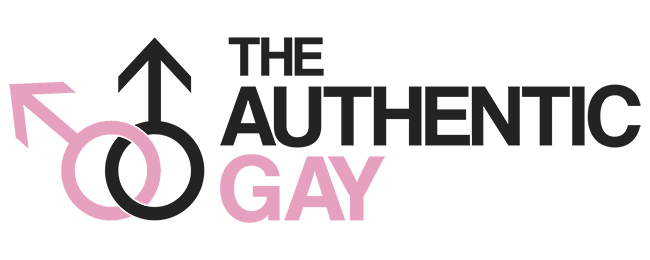Gay San Francisco’s Shifting Tides
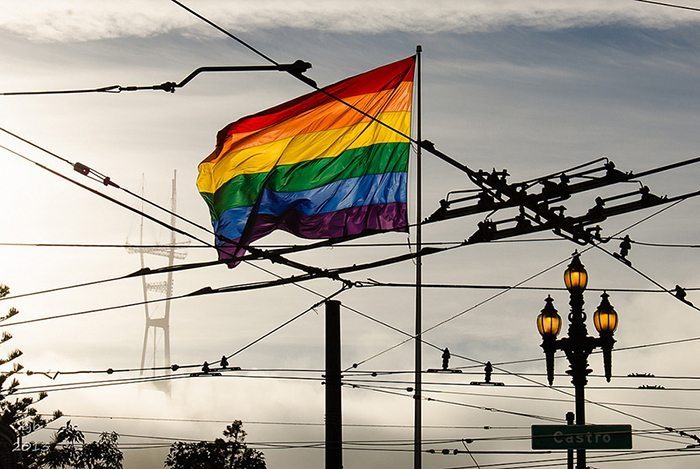
The city of San Francisco has long been held to a premium standard of providing the ultimate gay experience for both men and women who flock west for a new or better life. With what is likely the most politically liberal environment in the United States, paired with a long history of LGBT activism, a plethora of gay men discharged from the U.S. Navy, and a density of gay bars higher than there are Starbucks, this city by the bay earned its title as the “gay capital of the world” long before the HIV/AIDS beginning in the 1980’s.
Two years have now passed since the Supreme Court’s ruling in favor of same-sex marriage in the United States, and as the political and social climate continue to ebb and flow in this country, so does the sense of community and solidarity across major cities once regarded as safe havens. The housing bubble in California has also made living in major cities far less accessible for gay men and women seeking refuge. And as the Bay Area’s heavy technology scene continues to dominate the San Francisco job market, the local demographic continues to move in a more homogeneous direction.
All of these factors beg the question: is San Francisco still the gay haven it once was? What do these shifting tides mean for a community that once banded together in solidarity to fight for access to HIV treatment and equal rights? Has another city taken its place as the gay capital of America?
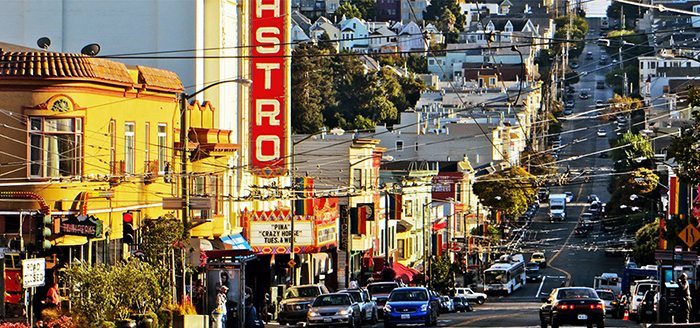
People No Longer Move To San Francisco To “Be Gay”
In the HIV/AIDS documentary We Were Here, many of the survivors of the epidemic recall their time in San Francisco leading up to the outbreak as a free and welcoming time during which gay men could seek a new life in the city. Whether they were not accepted back in their hometowns, or they were simply seeking a population of other gay men to find love/sex/community, back in those days it was possible to migrate to San Francisco in search of those things. Some men moved without any job prospects with the intention of starting their own businesses, while others took their time finding things to do in the city to support themselves.
Simply put, prior to the bay area housing bubble that really picked up in the 90s, it was possible to move to San Francisco just to be gay. Nowadays, with property values soaring and the renters’ market pricier than Manhattan, the dream of coming to the city for the sake of starting a new life is no longer possible. Rather, moving here now, at least for most people, is really only attainable with a great job set up.
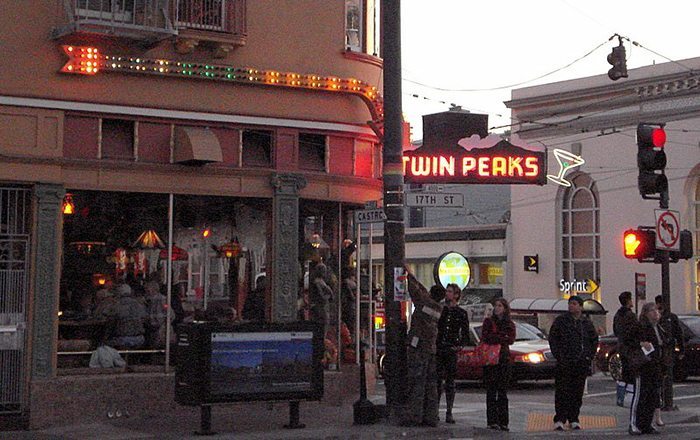
Hookup Apps Are Replacing Bars
Back before smartphones, Grindr, Scruff, and even Craigslist personals, the bar scene would function as the primary meeting grounds where gay men could mingle with each other. The bars would not only serve their social functions where friends and lovers could meet, but safe meeting spaces for mobilizing activist causes. These institutions were essentially at the core of “gayborhoods” such as the Castro, West Hollywood, Hillcrest, etc.
Nowadays, geosocial dating apps have done their part to shift the contemporary purpose of the gay nightlife scene. Men no longer rely on the bars to meet other men – this can be done in the comfort of their own home. With LGBT centers setup in many major cities, the bars also no longer function as meeting grounds for gay interest groups or causes.
Although the above argument can be made about any gay neighborhood in America, it has an especially noticeable effect on the San Francisco scene when it is paired with the soaring cost of living. Less people moving to San Francisco in search of a gay life, fewer men at the gay bars, and lower foot traffic in the gayborhood, resulting in the slow dissolution of gay San Francisco
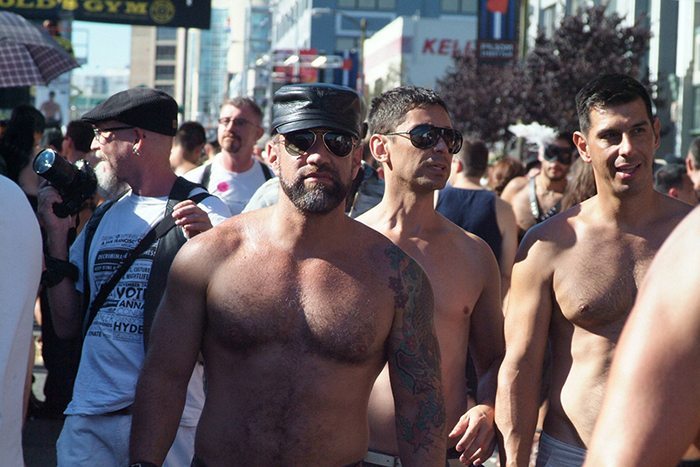
The Gay Population is Decreasing in Diversity
That is to say, the gay population in San Francisco is predominately white. The dominating technology industry and the increasingly expensive housing market in the city are obvious contributors to this phenomenon, resulting in a decreased sense of a gay community that speaks for everyone. It also seems that the average age of gay men in San Francisco tends to be higher than younger gay men who can afford to live in less expensive cities like San Diego or Los Angeles.
It also appears that none of these factors are subject to shift anytime soon. With the bay area’s technology and startup scene stronger than it has ever been, and a housing market still on the rise, it’s hard to imagine a shift toward more diversity in the foreseeable future.
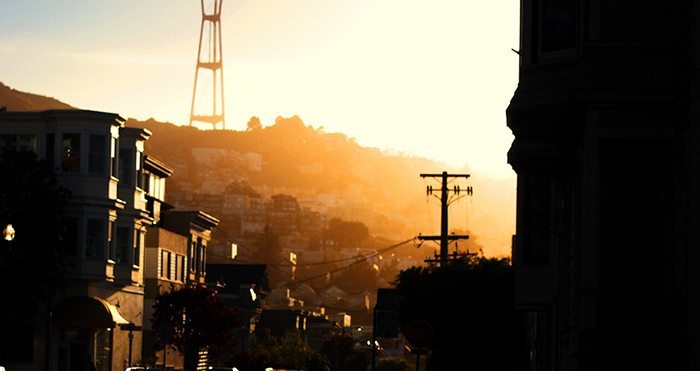
Is Gay San Francisco’s Golden Age Over?
I am among those gay men who did not move to San Francisco for the community or the scene, but for a great job opportunity. I moved from West Hollywood, and having visited and stayed in other gay neighborhoods throughout the world, I always found it surprising when people spoke of San Francisco as the ultimate gay mecca. It is, without a doubt, a very special and progressive city not only for the LGBT community, but across the political spectrum.
That being said, I do not think that San Francisco can serve as the gay capital of the world, or even of America any longer. The gay population is just getting wealthier, older, and more white. As SF’s population shifts toward being less representative of the larger global gay population, so ends its reign as the gay capital it once was.
